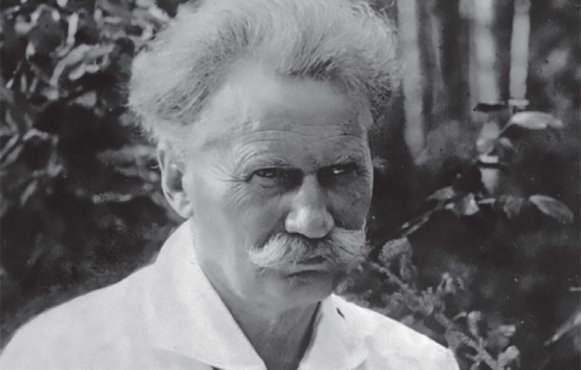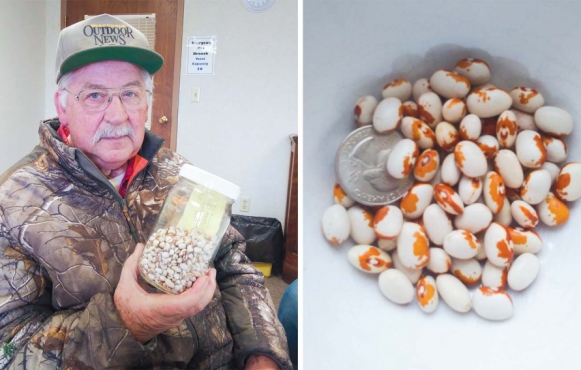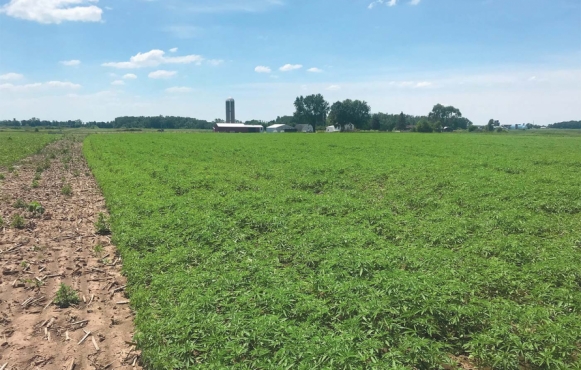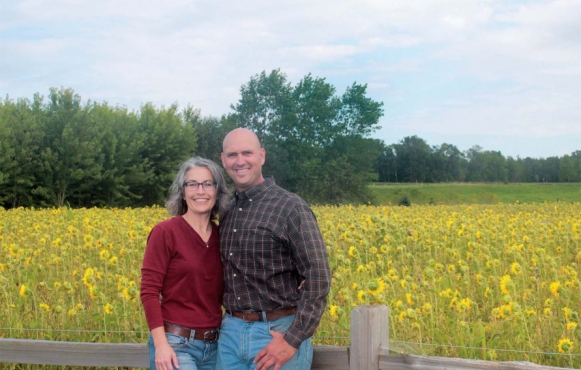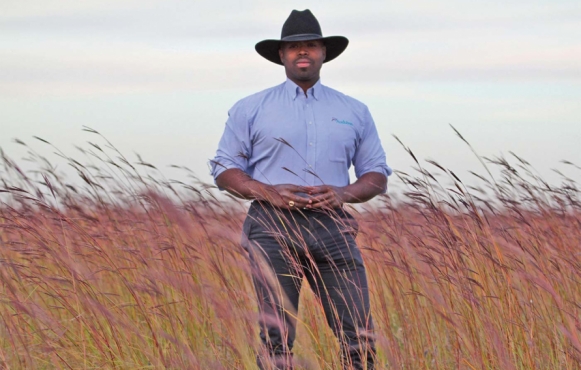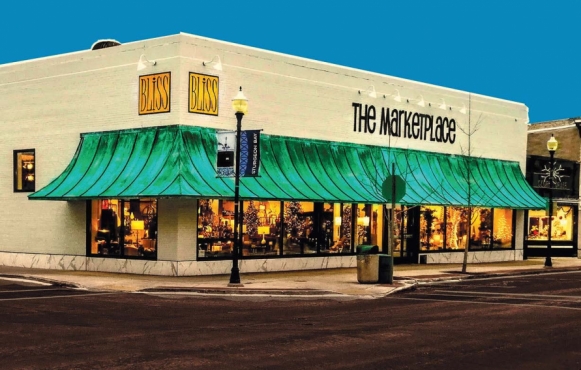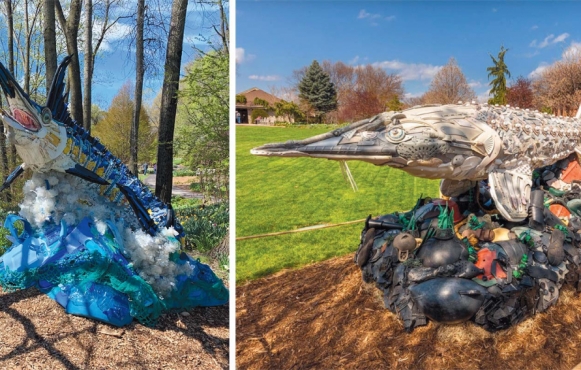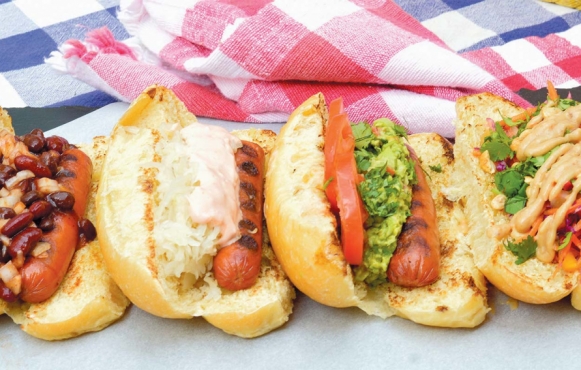Summer 2021
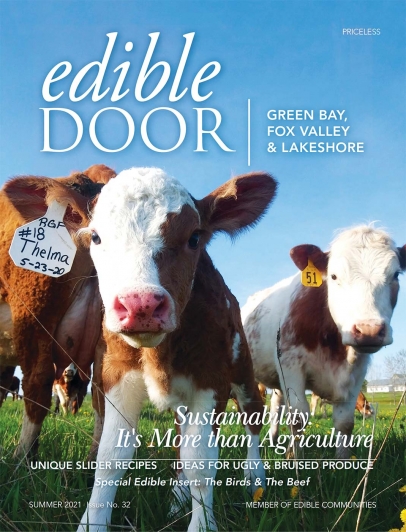
Finding a Definition for Sustainability
Sustainability is one of the most misunderstood words in the English language. On the surface, it’s a pleasant word, but when one is asked to explain its meaning you can get a variety of answers. Simply put, sustainability as we’ve grown to appreciate it, is achieving or preserving an outcome over the long term, sometimes at the expense of short-term gain.
Edible Communities, the organization under which our Edible Door Magazine is licensed, has sustainability at the center of its mission. Consequently, all of us who agreed to take on the Edible mantle strive to promote a more sustainable environment in our little corner of the United States or Canada.
There are three components of sustainability: economic, environmental and social. You’ll find a little of each in this issue as we’ve included the first eight-page installment by Edible Communities. You’ll find it in the center of the magazine and we’ve added some local stories that also delve into the issue.
Take a minute to read the introduction that Tracey Ryder, co-founder of Edible Communities, says about the goal of these special sections and, particularly, this first one headlined “The Birds & The Beef.” This feature story tells of a unique arrangement between a sustainably friendly meat producer and, of all things, The National Audubon Society.
For any sustainable initiative to be successful, it must, first and foremost, endure. That’s asking a lot in the disposable society we currently live in.
 For me, it underscores the association we’ve enjoyed locally with Waseda Farms and its approach to producing healthy, humanely raised beef. In her introduction, Tracey said this sustainability piece will be the first in a series of stories “that span topics on sustainability, hunger, restaurant revitalization and regenerative agriculture. These are the values that Edible Communities, as an organization, has been devoted to for the past two decades. Our work lends itself to the singular notion that excellent storytelling has the power to change lives; and that by exploring and elevating important conversations like these, we can create massive change.”
For me, it underscores the association we’ve enjoyed locally with Waseda Farms and its approach to producing healthy, humanely raised beef. In her introduction, Tracey said this sustainability piece will be the first in a series of stories “that span topics on sustainability, hunger, restaurant revitalization and regenerative agriculture. These are the values that Edible Communities, as an organization, has been devoted to for the past two decades. Our work lends itself to the singular notion that excellent storytelling has the power to change lives; and that by exploring and elevating important conversations like these, we can create massive change.”
For any sustainable initiative to be successful, it must, first and foremost, endure. That’s asking a lot in the disposable society we currently live in.
That’s why in this issue we addressed a couple of issues that on the surface may not seem linked to the food supply but are linked to the social and environmental aspects of effective sustainability.
The “Art to Save the Sea” exhibit at the Green Bay Botanical Garden directly addresses the critical issue surrounding the overabundance of waste, much related to discarded food containers.
The other story is on the renovation of an iconic retail space in downtown Sturgeon Bay and with it not only the joy of rekindling a forgotten shopping experience but also the uncover ing of hidden architectural gems, each vital to social sustainability.
And then there’s the story of Ken Paschke’s bean. Not everyone has a bean named after them, but Ken does, and the efforts to preserve this uniquely Door County bean gets right to the core of sustainability and why it’s so important that all of us contribute to sustaining something that is wholesome and good.
That’s it! While so many have struggled to come up with a clear defi nition of what sustainability is, it actually is nothing more than finding just such a thing.
Jon Gast
Co-Owner/Editor of Edible Door


